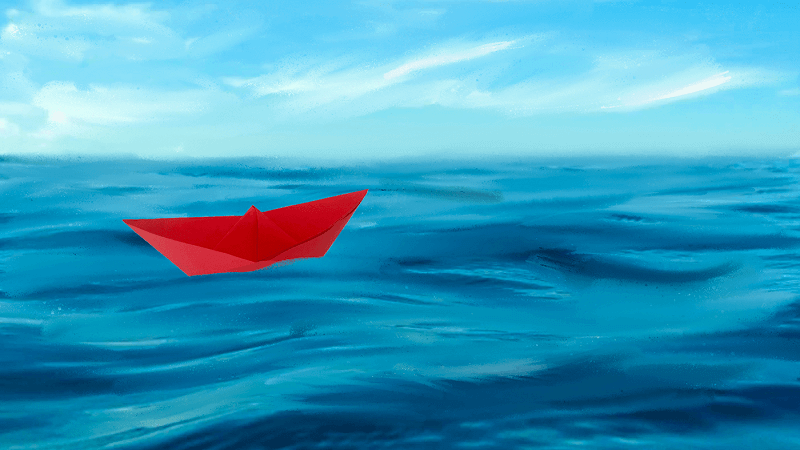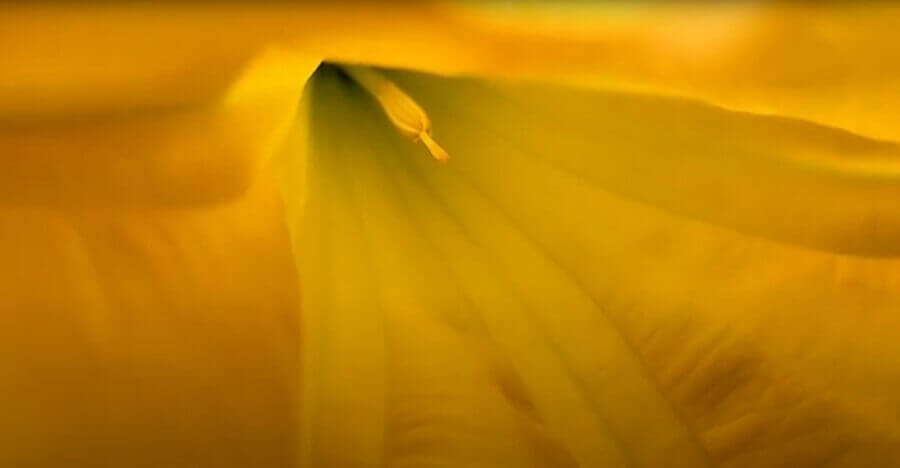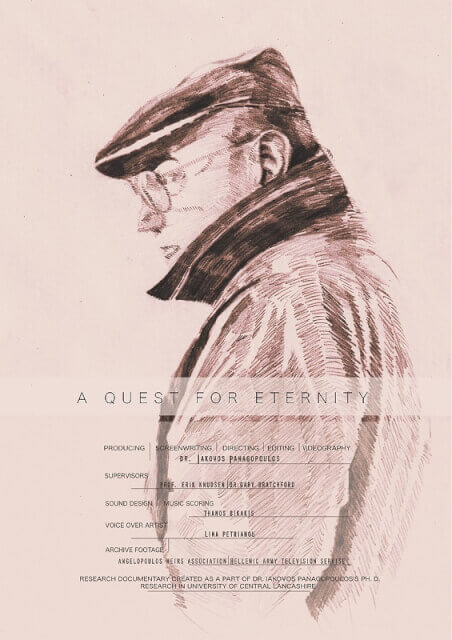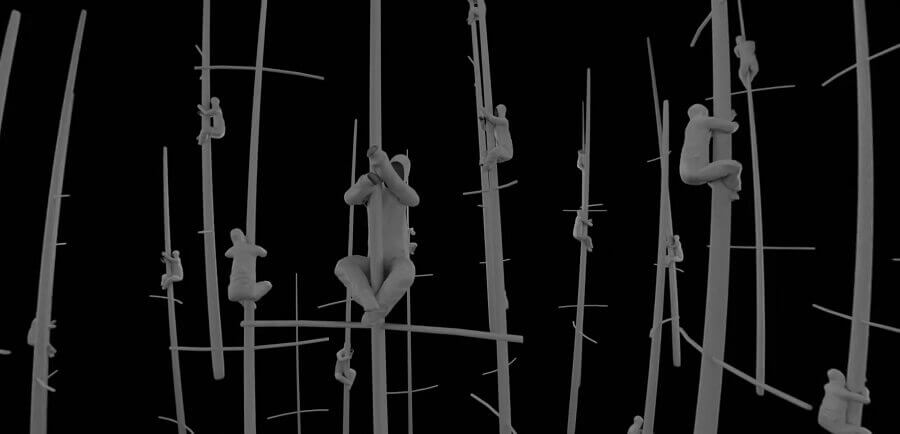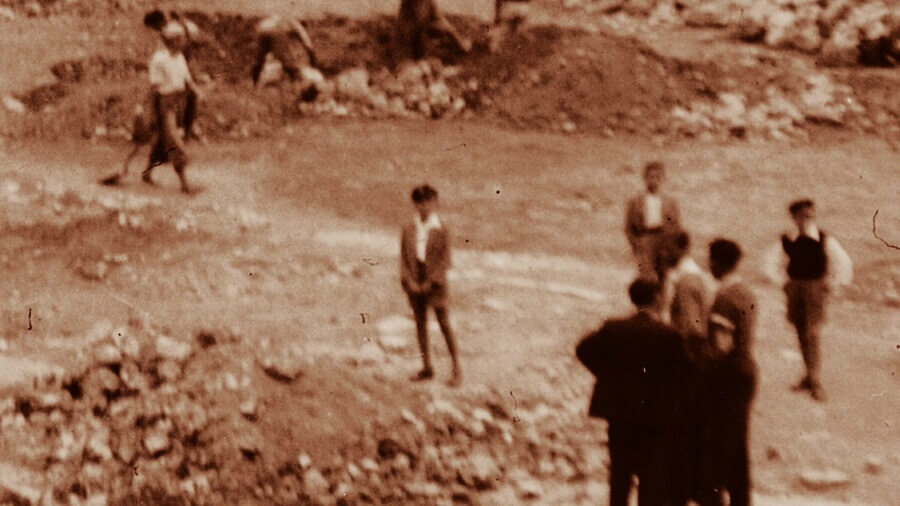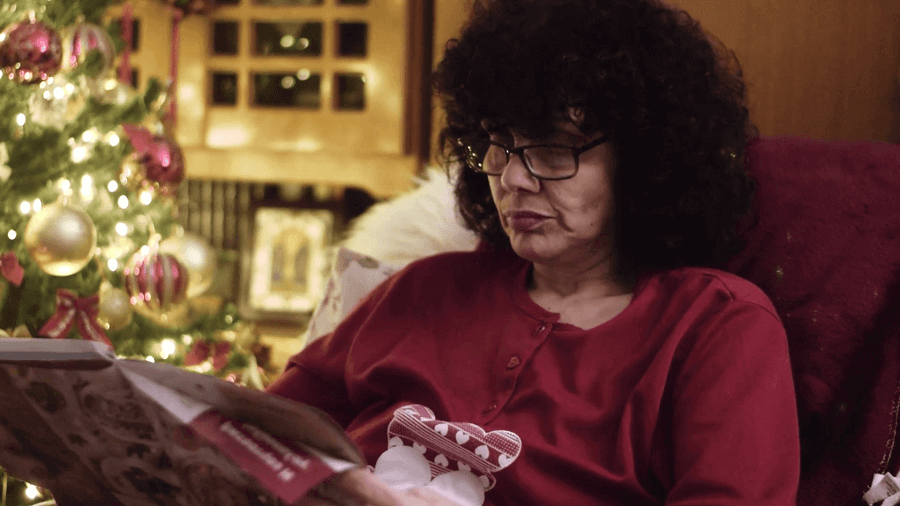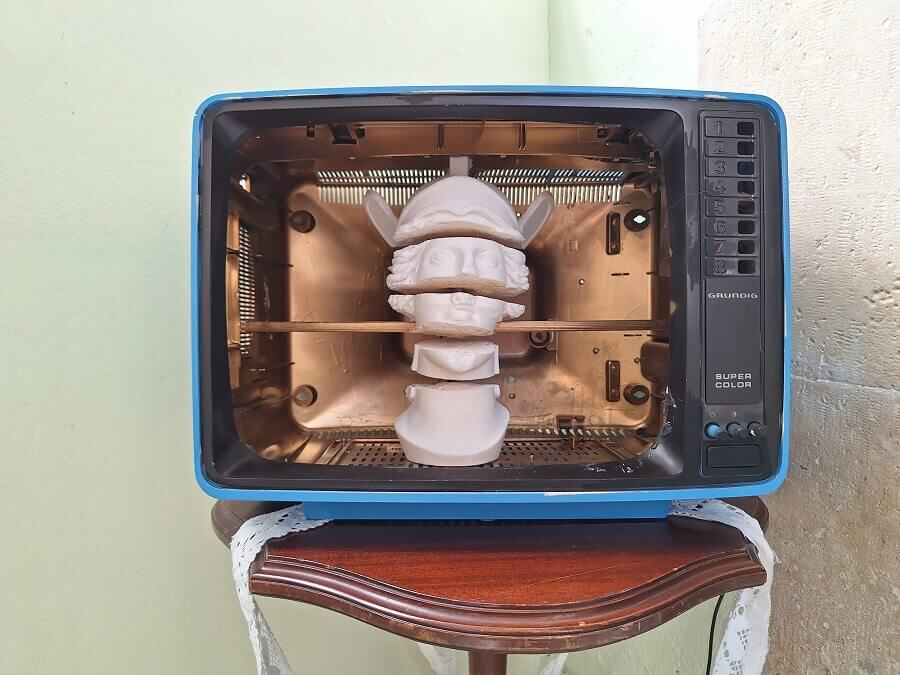Wroom
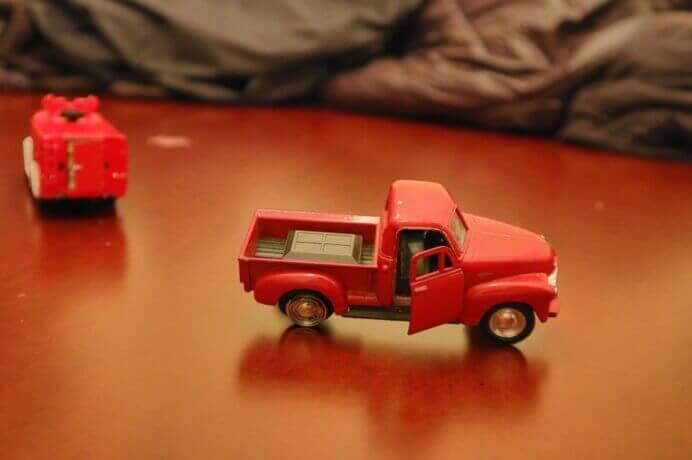
Views: 715
The Wroom, is a movie that start with two red iron cars, a 1953 Chevrolet 1100 & a 1954 Magirus Deutz small fire engine, spilling out of a race of skills, flips and drifts at speed in the dining room of their home. In a brightly room, in a world where imagination knows no bounds. They spin around of the dining room of their home, with dangerous maneuvers and endless drifts, while an imaginary audience cheers their fights, with hilarious moments of laughter, while the rest of the family sleeps. As they are taking their final race with breath taking dtifts, they end their race by opening wide their small doors and side cabinets, showing gratitude to their fantastic audience, who have been cheering them on throughout their race.



